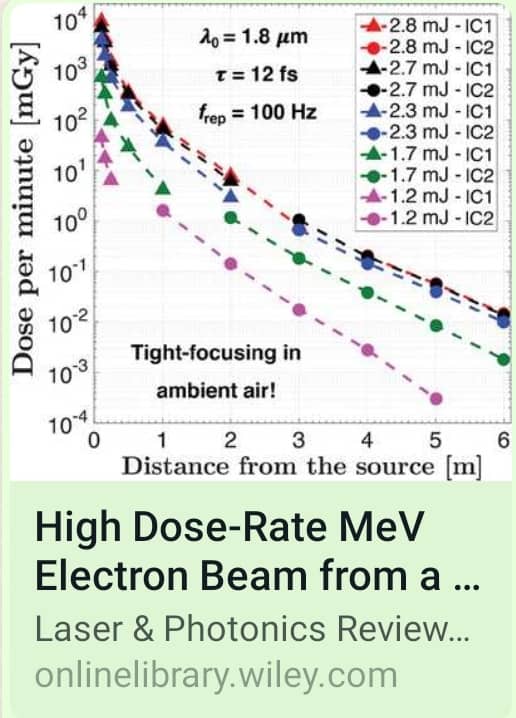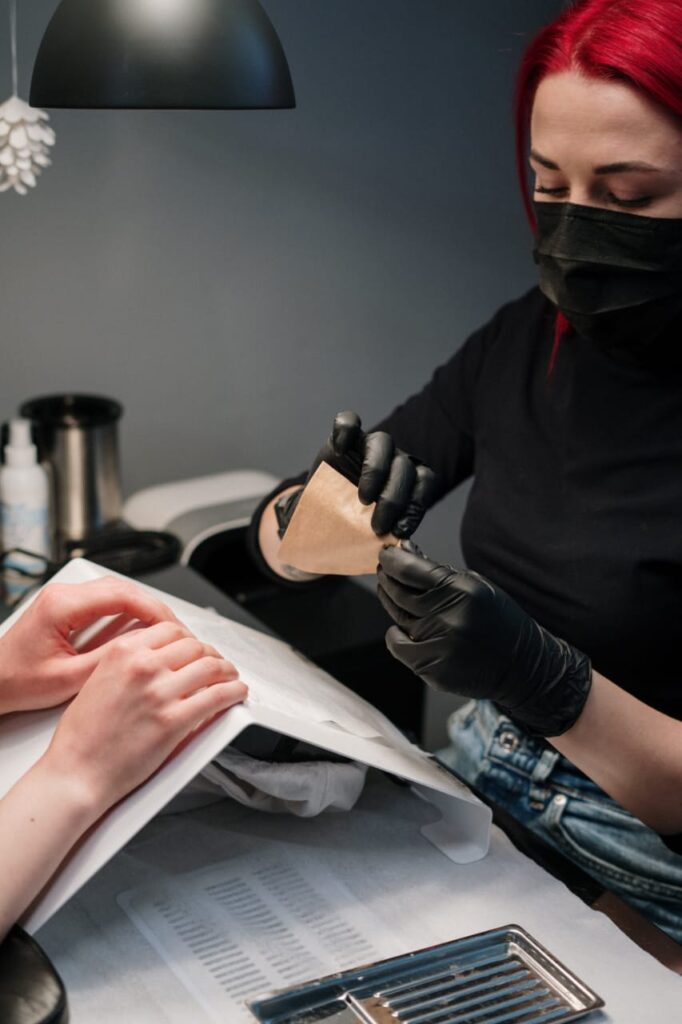
Breakthrough in the healthcare sector in the treatment of cancers using laser technology has been discovered by a group of Canadian researchers research team at the Advanced Laser Light Source Laboratory –ALLS, also called Institut National de la Recherche Scientifique –INRS in French.
“For the first time, we showed that, under certain conditions, a laser beam tightly focused in ambient air can accelerate electrons reaching energies in the MeV (megaelectronvolt) range, the same order of magnitude as some irradiators used in radiation therapy for cancer,” says François Légaré, Director of the EMT Centre at INRS.
The team of researchers are; Steve MacLean (CTO at Infinite Potential Laboratories), Sylvain Fourmaux (Research Associate at INRS), François Fillion-Gourdeau (Research Associate at Infinite Potential Laboratories), Stéphane Payeur (Research Officer at INRS), Simon Vallières (Postdoctoral Researcher at INRS) and François Légaré (Director EMT Centre).
The research team was able to demonstrate that electrons accelerated in ambient air can reach energies in the MeV (megaelectronvolt) range, or around 1,000 times greater than this previously insurmountable limit.
Before now, it was not possible to reach higher energies in ambient air, due to physical limitation. It was only possible to generate a Plasma at the focal point using a laser pulse of high intensity which can only be accelerated to energies up to a few keV (Kiloelectronvolts) at most.
Better cancer treatment:
“The breakthrough by the team at INRS’s EMT Centre opens the door to major advances in medical physics. A prime example is FLASH radiotherapy, a novel approach to treating tumours that are resistant to conventional radiation therapy. It is a technique that can be used to deliver high doses of radiation in an extremely short time (microseconds rather than minutes). This better protects the healthy tissue around the tumour. This FLASH effect is still poorly understood in research but seems to involve a rapid deoxygenation of healthy tissues, reducing their sensitivity to radiation.”
Safer handling:
It was reported that it requires extra caution when handling laser beams that are tightly focused in ambient air.
“The electron energies observed (MeV) allow them to travel more than three metres in air, or several millimetres under the skin. This poses a radiation exposure risk for users of the laser source,” explains Simon Vallières.
“Uncovering this radiation hazard is an opportunity to implement safer practices in laboratories,” says Simon Vallières
Subscribe to Follow Global Trends for daily global news.
To Advertise, send a mail to advertise@followglobaltrends.com
By: Chukwuweike Henry Daniels.
Credit : INRS


